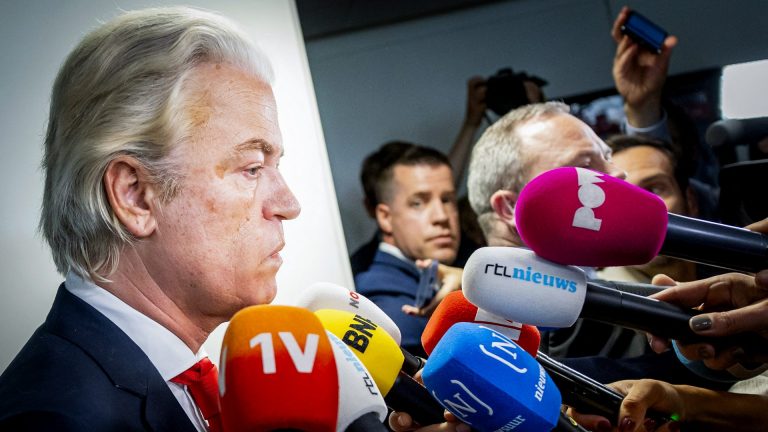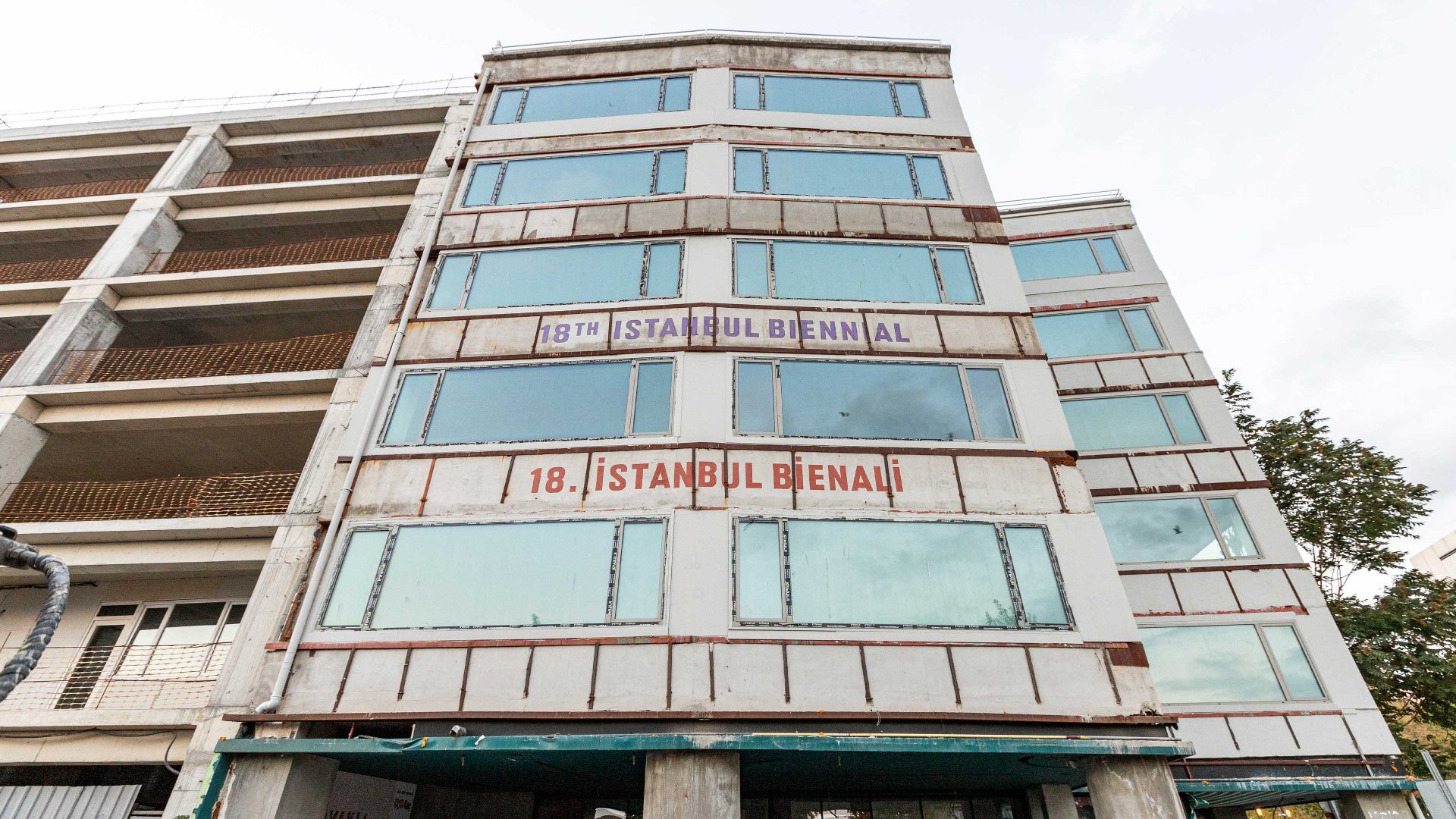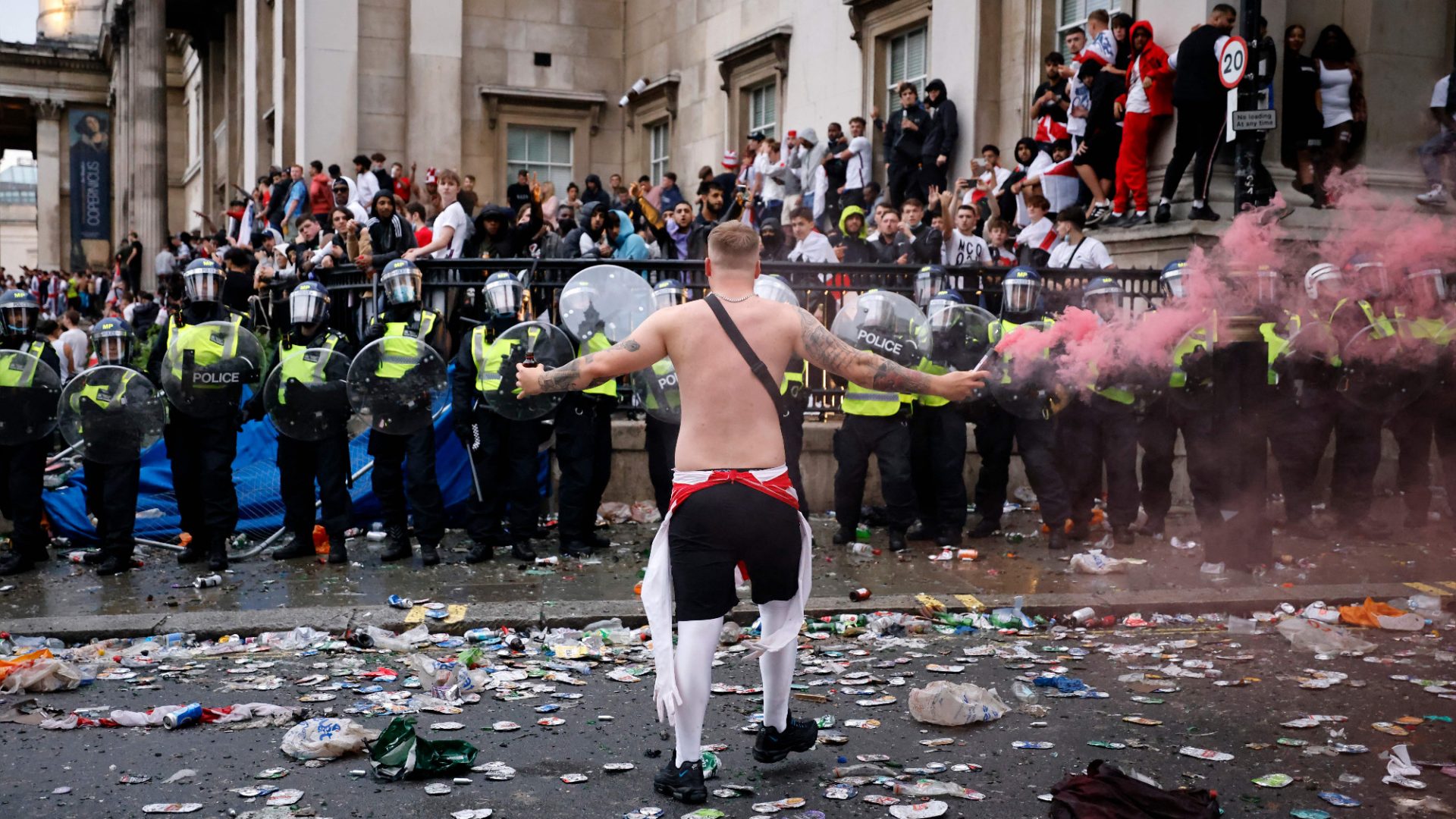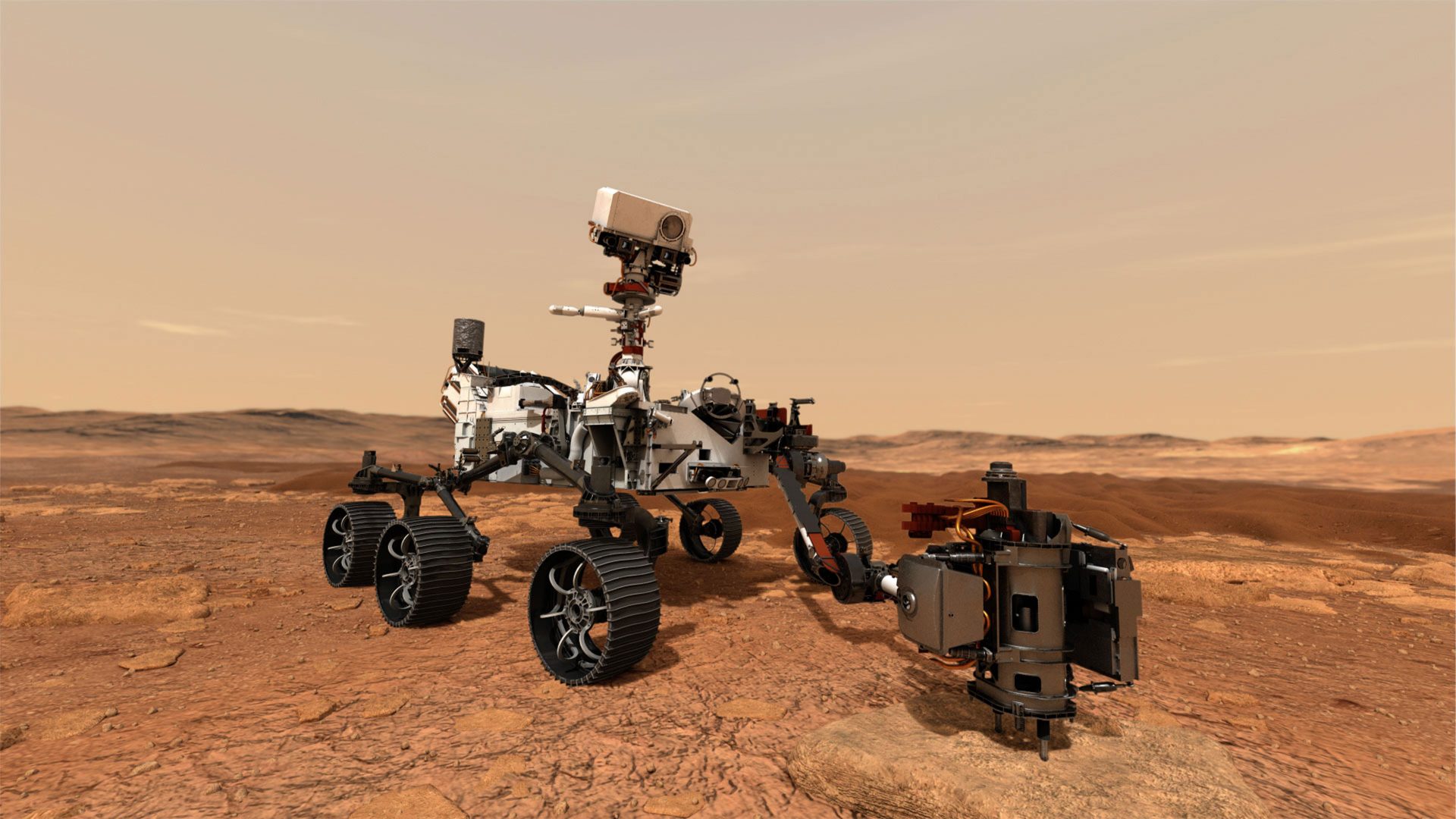The 18th Istanbul contemporary art biennial opened on September 16 amid an ongoing political firestorm in Turkey’s largest city. Even as the international art world descended on the Bosphorus, another Istanbul district saw its mayor suspended in what is widely seen as a political witch hunt by Recep Tayyip Erdoğan and his AKP government aimed at the opposition party CHP.
The CHP, originally the party of the secular Turkish republic’s founder, Mustafa Kemal Atatürk, swept municipal elections in the big cities last year. Ever since, the religious-conservative AKP, which has been in power since 2002, has cracked down on CHP leaders, often citing corruption charges. Most famously, Istanbul’s popular mayor and credible presidential rival to Erdoğan, Ekrem İmamoğlu, was arrested in March, sparking mass protests.
At first sight, this might not have much to do with the biennial, which has been running for almost 40 years and is the remit of Turkey’s large industrial families, rather than the government. Started as a way to highlight the country’s orientation towards Europe and the west, it has never been overly involved in domestic politics. International politics, yes, with the 18th edition opening dominated, as can be expected nowadays, by the ongoing bloodshed in Gaza.
Yet, during the opening speeches, there was also a swipe at the unmistakably chilling effect that Erdoğan’s increasingly authoritarian bent has on the art world. Ömer M Koç, who heads Turkey’s largest business conglomerate and is the main sponsor of the biennial, referenced Atatürk, who has become something of a political litmus test.
Koç emphasised the continuing centrality of Atatürk’s legacy and the importance that the Turkish republic’s founder placed on the fine arts. “In addition to constituting an aesthetic activity, art is also one of the essential elements of social existence,” Koç said.
The biennial is international in its orientation and relatively light on Turkish artists, yet the local art community naturally has a sense of ownership. There are also plenty of shows timed to coincide with the opening week of the biennial and Istanbul is teeming with those involved in the Turkish art world, including quite a few who have opted to leave the country.
The latter is more common than the relaxed atmosphere of the Istanbul biennial might suggest. As in academia, journalism and some other fields affected by government heavy-handedness, many people have either left, know someone who has, or are considering leaving.
Suggested Reading

Geert Wilders: the fall of an extremist
One artist remarked that far less is possible now, in terms of making and showing politically inspired art, compared to 10 years ago, including at the biennial. They said this extended to other topics that are currently deemed sensitive, including gender and LGBTQ+ issues. Almost all conversations with people in the scene eventually reveal that the sector feels less and less free and increasingly oppressed.
This is in addition to the longer-running limits that Turkish nationalism traditionally places on freedom of expression. The current biennial was postponed for a year amid a kerfuffle over the appointment of a curator. While the latter stages involved mostly art world infighting, it all started when the biennial’s advisory committee’s first choice, the Turkish curator Defne Ayas, was rejected.
She had in her project for Turkey’s pavilion at the 2015 Venice Biennale allowed the words “Armenian genocide” to appear in the catalogue. Turkey is vehemently opposed to the genocide label, even more so under Erdoğan than previously.
This genocide circumspection does not, as noted, extend to Gaza. Istanbul is filled with graffiti calling out the Israeli atrocities and American complicity. At the biennial’s opening, all speakers referenced Gaza. Lebanon’s Christine Tohmé, who was eventually appointed as curator less than a year ago, dedicated her work to the victims.
As usual, the biennial is spread out over a series of venues around the city, though fewer than in some previous years. Places such as the former French orphanage and the Galata Greek School recall Istanbul’s cosmopolitan and diverse past. Others, in the booming Karaköy area, seek to preserve some vestiges of the art scene in what has become a premier nightlife and mass tourism destination in the past 10 years.
Right next to it, the Istanbul Modern contemporary art museum anchors a shining new shopping mall area. Fittingly, the gated complex was invaded briefly for a biennial opening act by axe-wielding performers, smashing computer cases to extract and salvage gold from their innards.
Ferry Biedermann writes for publications including the Lancet and Tomorrow’s Affairs



